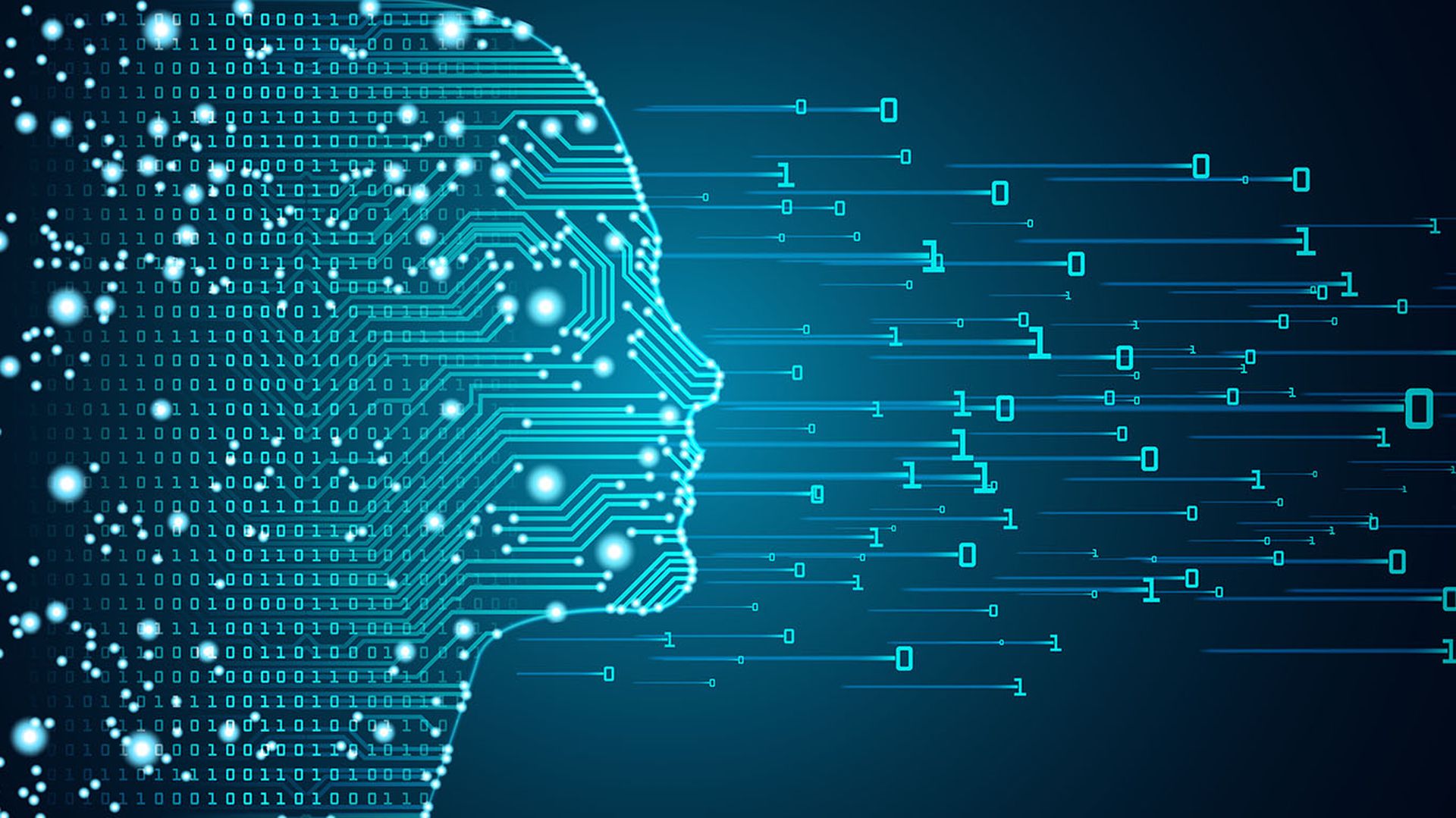As the digital landscape continues to evolve, so too do the threats that loom over it. Cybersecurity, once a niche concern, has made it to the forefront of global security discussions. In this first part of our two-part series, we delve into the emerging cyber threats that are set to shape the future, with a focus on the increasingly sophisticated use of artificial intelligence (AI) by cyber attackers.

AI has been a game-changer in numerous fields, cybersecurity included. Unfortunately, while AI offers robust defensive capabilities, it also equips cyber attackers with powerful tools to enhance their malicious activities. The following five are the leading threats driven by AI:
- Automated phishing attacks: Phishing remains one of the most prevalent forms of cyberattack. Traditionally, phishing relies on large volumes of emails sent indiscriminately, hoping a few targets will take the bait. However, AI has transformed this spray-and-pray approach into a precision-guided missile. AI algorithms can analyze social media profiles, public databases, and previous communication patterns to craft highly personalized and convincing phishing messages. For example, a corporate executive might receive an email appearing to be from a trusted colleague, referencing recent projects or personal details gleaned from social media. These sophisticated spear-phishing attacks are designed to bypass common security measures and exploit human trust. With AI, the volume and accuracy of these attacks can increase dramatically, making traditional detection methods less effective. Imagine receiving a message that knows the victim’s professional history but also his or her recent vacation details and personal interests, creating a highly believable narrative.
- AI-powered malware: Malware development has been revolutionized by AI. AI-driven malware can adapt its behavior based on the environment it infects, making it more difficult to detect and eradicate. This includes polymorphic malware that constantly changes its code to evade traditional signature-based detection methods. Consider an AI-powered ransomware that modifies its encryption algorithms and communication patterns based on the defenses it encounters within a network. This adaptability lets it remain hidden and effective for longer periods, increasing the potential damage. Furthermore, attacker can use AI to automate the creation of malware, enabling the rapid development of new variants designed to exploit specific vulnerabilities, significantly reducing the window of opportunity for defenders to respond. An example is Emotet, a polymorphic malware that has evolved to evade detection by changing its code frequently and using AI to identify the best targets within a network.
- Deepfake technology: Deepfakes use AI to create highly realistic, yet fake images, videos, and audio. Cybercriminals can use deepfakes to impersonate individuals, creating fraudulent communications that can deceive even the most discerning recipients. Imagine a scenario where an executive receives a video call from what appears to be their CEO, instructing them to transfer funds or share sensitive information. The realism of deepfakes makes it incredibly challenging to distinguish between legitimate and fraudulent communications. Attackers can leverage this technology for social engineering attacks, corporate espionage, and even to manipulate stock prices by spreading false information through seemingly credible sources. The infamous deepfake video of a political figure could destabilize markets or incite public unrest by spreading misinformation.
- AI-driven reconnaissance: AI can also enhance the reconnaissance phase of cyberattacks. Attackers can use AI to sift through massive amounts of data, identifying potential vulnerabilities and targets with greater speed and accuracy. For instance, an AI system could scan an organization's network, analyzing traffic patterns, user behaviors, and system configurations to identify weaknesses. This level of automated reconnaissance lets attackers plan and execute their attacks with unprecedented precision, targeting specific systems or individuals who are most likely to yield valuable information or access. AI-driven tools like Shodan can search for vulnerable devices connected to the internet, offering attackers a roadmap of exploitable targets.
- Autonomous weapons and DDoS attacks: AI-powered autonomous systems can be employed to conduct Distributed-Denial-of-Service (DDoS) attacks. These systems can independently locate and exploit vulnerable devices to create botnets, which can then launch massive DDoS attacks capable of overwhelming even the most robust defenses. The integration of AI makes these attacks more resilient and difficult to mitigate. For example, an AI-driven botnet could dynamically adjust its attack patterns based on the responses of the targeted systems, effectively learning in real-time to maximize disruption. This level of sophistication requires equally advanced defensive measures to counteract. The Mirai botnet, which was used in a massive DDoS attack in 2016, exemplifies how attackers can harness autonomous systems to exploit vulnerable IoT devices and launch large-scale attacks.
The growing challenge for cybersecurity
The integration of AI into cyber attack strategies presents a tangible challenge for security pros. Traditional methods of defense are becoming increasingly obsolete as attackers leverage AI to outmaneuver them. The dynamic nature of AI-driven threats requires a paradigm shift in how we approach cybersecurity.
In the second part of this series, we will explore how security teams can respond to these AI-driven threats. We will discuss the implementation of AI in defensive strategies, the importance of continuous learning and adaptation, and the need for a proactive rather than reactive approach to cybersecurity.
As we move further into the digital age, it’s critical that we better understand and anticipate the future of cyber threats. By staying informed and prepared, we can better defend against the ever-evolving landscape of cyber threats.
Callie Guenther, senior manager of threat research, Critical Start




